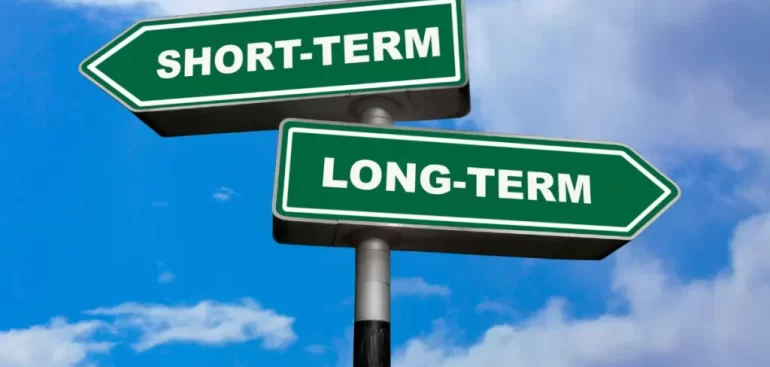Homebuyers Gain More Bargaining Power in August
Homebuyers in several markets have regained some negotiating power as demand has decreased. According to a Redfin survey released on Thursday, the average sale-to-list price ratio decreased to 99.8% over the four weeks ending on August 28.
The research discovered that only 37% of residences sold for more than the asking price, down from 50% a year earlier. Additionally, on average, 7.5% of homes listed for sale experienced a price decrease each week as the previous four weeks.
The median asking price for homes has dropped by 5.8% from the record high set in May to $379,194, reflecting sellers‘ efforts to make their properties more engagingly priced. However, compared to a year ago, this asking price is still 9% higher.
Despite the general slowdown, homes are still selling at a reasonably quick pace. The median number of days on the market was 26, slightly longer than a year ago when the market was much hotter. Many homeowners opt not to list their houses since interest from buyers has decreased, and they can no longer command as high of prices.
Strong Job Market Will Continue To Support Housing Demand – MBA
Despite economic challenges, employment opportunities appear to improve as US companies added 315,000 jobs in August. According to the Bureau of Labor Statistics, employment on nonfarm payrolls increased by 315,000 last month, with job growth remaining stable in most industries. The unemployment rate, however, increased by 0.2% to 3.7%.
“The August jobs report revealed that while the labor market remains quite strong, with employment growth still above a sustainable pace; however, that pace is slowing,” said Mike Fratantoni, chief economist of the Mortgage Bankers Association. “Wage growth is still strong, with average hourly earnings up 5.2% compared to a year ago.”
Health care (+48,000), retail commerce (+44,000), and professional and business services (+68,000) all had significant job growth.
“Coupled with other recent readings, these data indicate an economy that is still growing, but perhaps at an inflection point,” Fratantoni added. “With this in mind, we expect that the Federal Reserve will stay the course with further rate hikes at upcoming meetings.”
Why the Housing Market Is Not In Recession
Fernando Ferreira, a professor of real estate at Wharton, disputes the notion that the American housing market is in recession.
Even though home sales are declining due to higher loan rates, he said there is still a disparity between supply and demand. There is no simple resolution for this mismatch, which is at the root of the present housing crisis in the United States.
Although prices have decreased as a result of the poor sales, as per Ferreira, who is also a professor of business economics and public policy, most Americans still find housing to be prohibitively expensive. According to the National Association of Realtors, the typical sale price of a home in July was $403,800, down $10,000 from a month earlier.
“There’s been a long-term trend of not allowing any new construction, at least not any type of dense construction, on both coasts and in the majority of big cities in the United States,” he said. “Over time, that created this gigantic difference between demand and supply of homes. And to be honest, that’s the main reason [for] these extremely high prices today.”
According to Ferreira, housing prices will only decrease significantly if there is more supply. The only option to expand home-building is to modify rules to permit more and various kinds of construction. He complimented the Texas cities of Dallas and Austin for allowing additional construction, particularly multifamily buildings, to keep up with the rapid population expansion.
Next week’s potential market-moving reports are:
- Monday, September 19 – NAHB Home Builders’ Index
- Tuesday, September 20 – Building Permits, Housing Starts
- Wednesday, September 21 – Existing Home Sales, Federal Reserve Statement
- Thursday, September 22 – Initial Jobless Claims, Construction Spending,
- Friday, September 23 – No Report
As your mortgage and real estate professional, I am happy to assist you with any information you may need regarding mortgage or real estate trends. I welcome the opportunity to serve you in any way I possibly can. Please feel free to reach me at (800) 216-1047.



